Ghostlore is Diablo, but with Chinese hopping vampires and Indonesian boar demons
With monsters pulled from Southeast Asian folklore, Ghostlore is the first action-RPG I’ve played that feels personal.

It’s Friday night and I’m hacking away at a banana tree to kill a pontianak, a vampiric evil spirit from Southeast Asian folklore. While we also use the Malay name in Singapore, in Indonesia she’s called a kuntilanak, but her preferred daytime dwelling, regardless of country, is still a banana tree. She’s a terrifying but iconic part of the common culture between Malaysia, Indonesia, and Singapore, with sharp nails, red eyes and long black hair—a spectre that has haunted many a sleepover ghost story (and more than a handful of horror movies since the 1960s).
Like most sane Singaporeans, I don't actually venture out into the jungle looking for ghosts. I’m playing Ghostlore, an action RPG-in-progress based on Southeast Asian mythology. This is a world of mo gui (Cantonese for evil spirits), superstition, and ghost hunters, and I’m just a simple geomancer trying to do my job. From jiangshi (Chinese hopping vampires) and e-gui (Chinese “hungry ghosts”) to pocong (Indonesian “shroud” ghosts) and rampaging babi ngepet (Indonesian boar demons), Ghostlore’s bestiary is a dream come true for horror/fantasy lovers across Southeast Asia. We can finally beat the everloving shit out of creatures that were living, breathing parts of our childhood.
Ghostlore is the first ARPG I’ve played that feels personal, even in its raw closed-beta state. Like it was made for a specific generation of Singaporeans who grew up in the late-90s heyday of old-school LAN culture. It makes sense, as developers Andrew Teo and Adam Teo (no relation) are fellow millennials who did grow up playing games in local LAN cafes; in a brief chat with Andrew Teo, he said that he started Ghostlore, which was initially a solo project, because he felt nostalgic.
And it makes perfect sense—once I got into the rhythm and encountered a bunch of affix-named weapons (the rare “Echo Venom Parang of Agility,” for instance, has a poison buff and a huge increase to skill usage) and enemy mobs, a sense of dungeon-crawling muscle memory and warm fuzzy sentiment kicked in.
There are, of course, more than a couple Diablo clones out there trying to make their own mark on the isometric hack-and-slash genre. Blizzard’s late ’90s hit was a landmark PC game for an entire generation at a time when LAN parties were the only common solution for multiplayer. And in Singapore, as well as much of Southeast Asia, hunkering down in dimly-lit, cigarette-filled LAN cafes with their menu of games (StarCraft, Ultima Online, and of course, our friends in Tristram) was a rite of passage.
My first few minutes with Ghostlore immediately felt familiar. Not just because its sound design includes the Asian koel, the bastard “uwu” bird whose incessant calls torment the country, or because its weapon categorization system borrows the white/blue/gold colors from the Diablo. Ghostlore represents a rich tapestry of Southeast Asian folklore in a genre that often favors a western Old-World approach to horror creatures: caped Draculas, werewolves, zombies and the like. On the Ghostlore Steam page, one beta player was excited that the weapons and creatures were all so fresh and unfamiliar, but for me, it was a moment to savor—a moment of recognition before I dove into a new hack-and-slash adventure armed with parangs and krises instead of rondels and zweihanders.
I can’t overstate how awesome it was to see parts of my culture and heritage in one of my favorite kinds of games. I immediately thought about the food items, and wasn’t disappointed—while the meal crafting system is still in development, the menu is already packed with local favorites. From durian puffs and roti prata to kueh lapis and ice cream sandwiches (literally what it sounds like), Ghostlore knows the best way to a Singaporean’s heart is through their stomach.
Keep up to date with the most important stories and the best deals, as picked by the PC Gamer team.
The game also weaves in Singapore’s Malay kampong (“village”) heritage which was a defining part of the island before British colonization and then aggressive urban development all but eradicated them; besides the mainland’s sole remaining kampong, the few others are on small islets surrounding Singapore. Ghostlore’s fictional town of Seaport—a fantasy parallel of Singapore—is styled with a mix of colonial architecture elements and the country’s distinctive shophouses, which were built by early Chinese immigrants and continued by Straits Chinese families. Seaport even has a statue of the Merlion, Singapore’s official mascot, which Andrew Teo had to get permission to use from the Singapore Tourism Board.
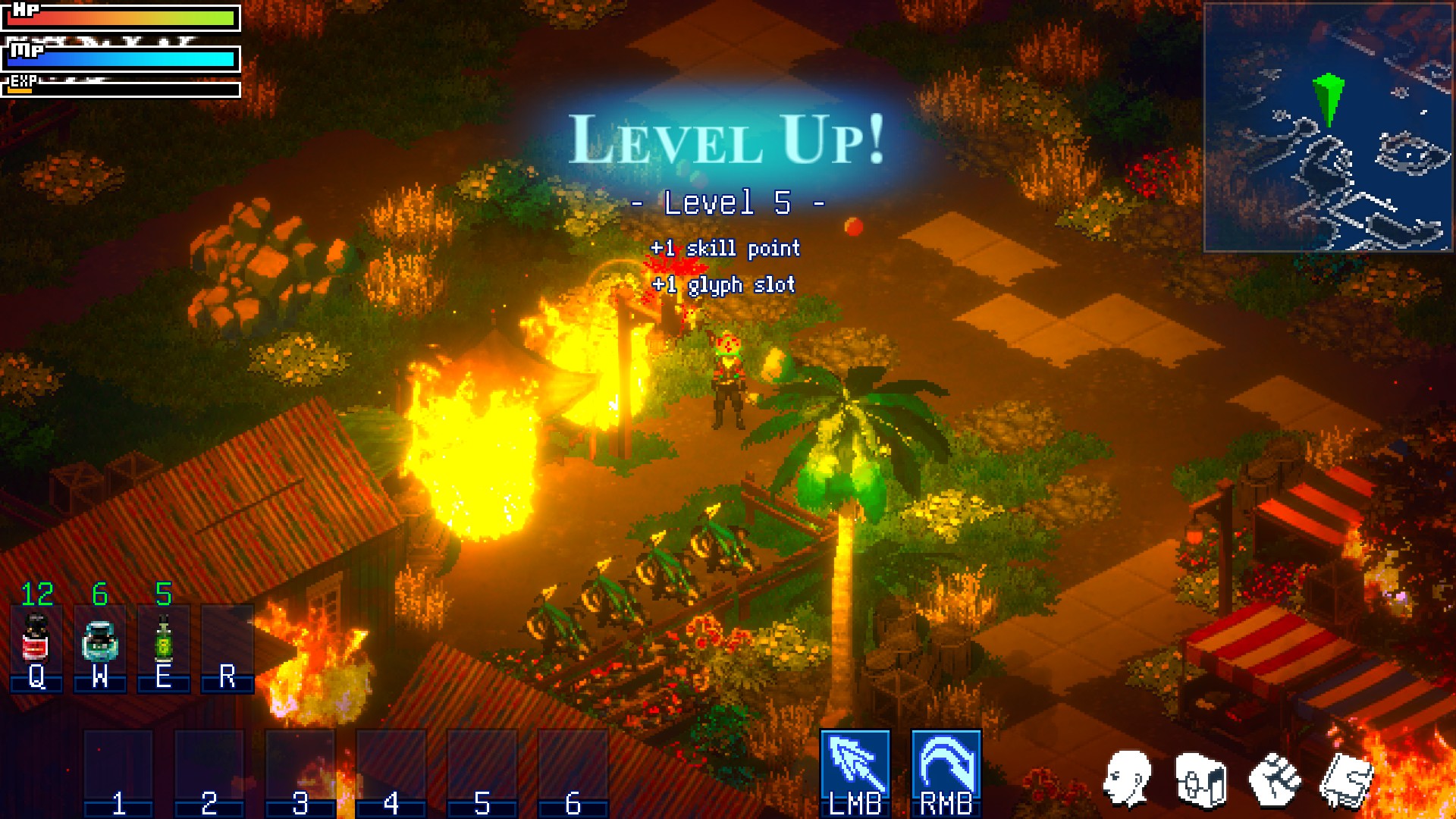
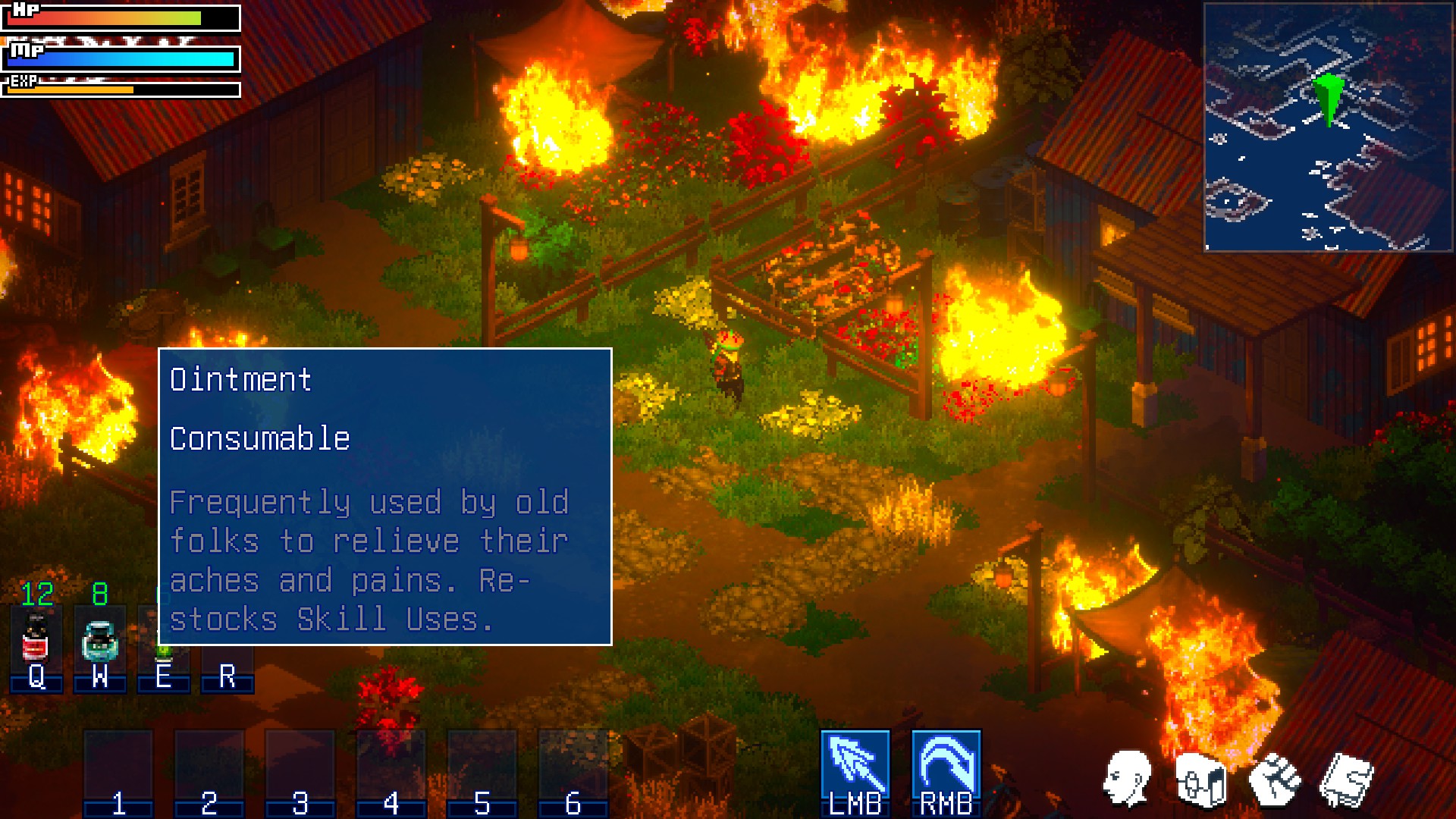
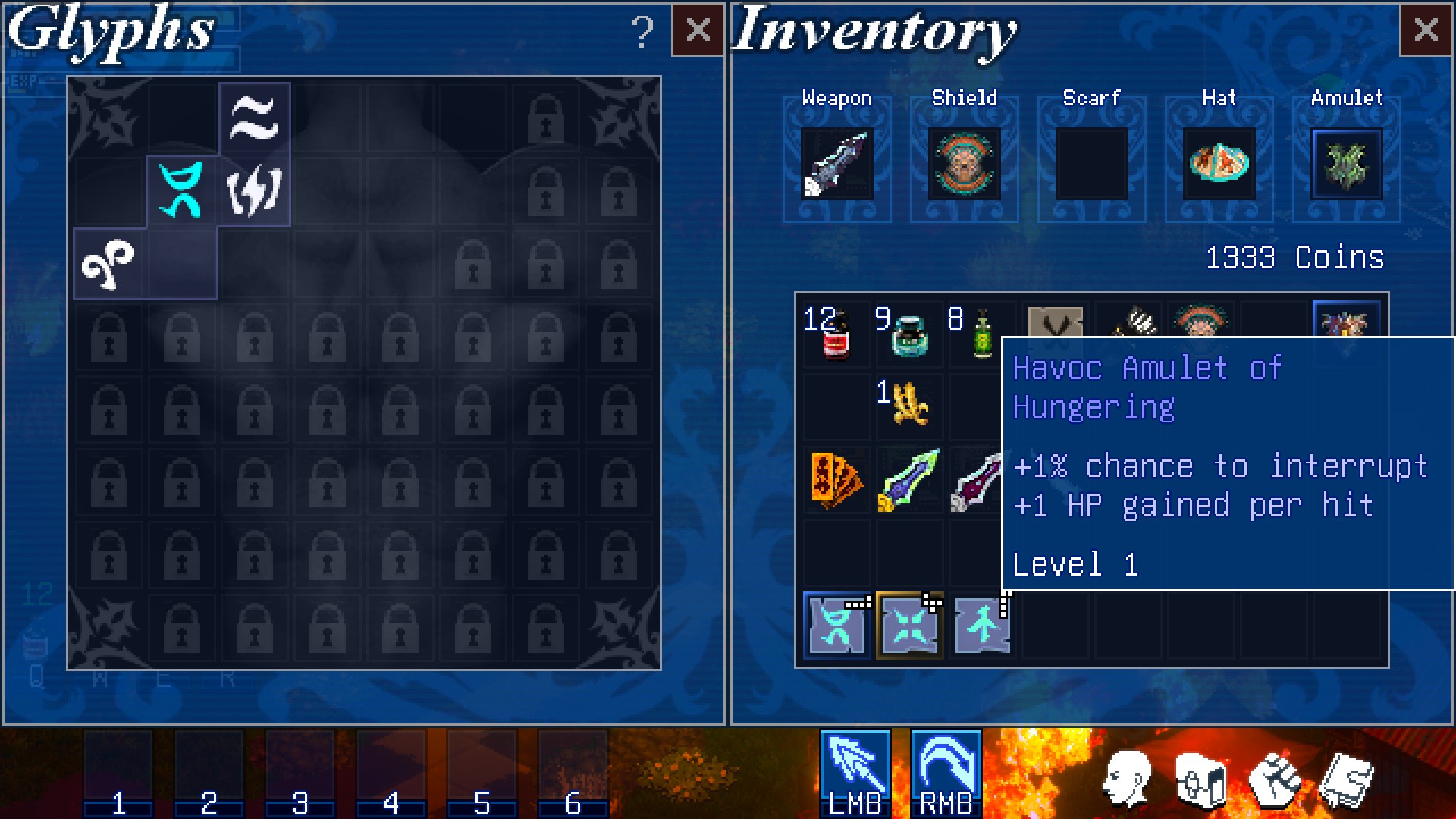
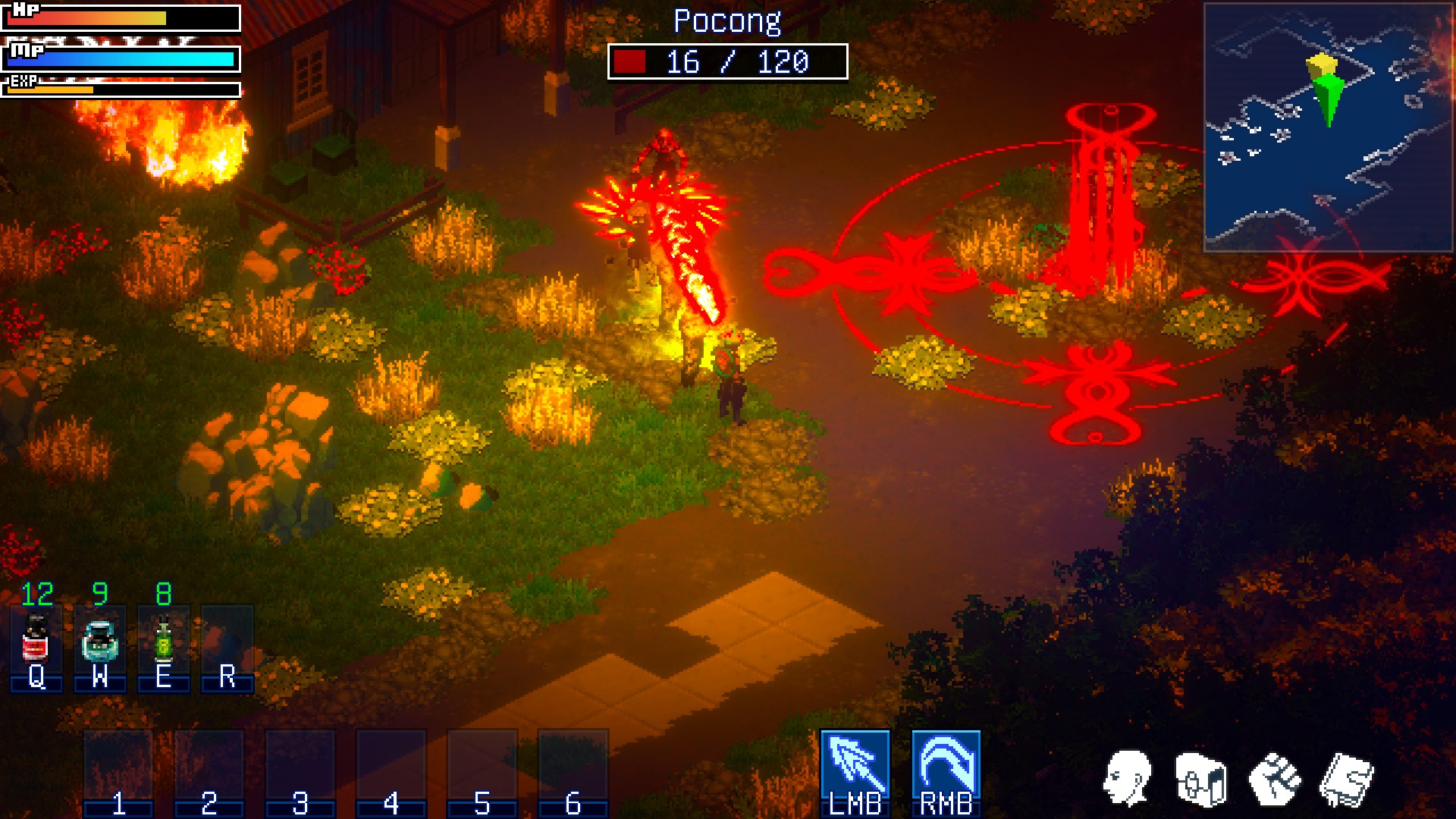
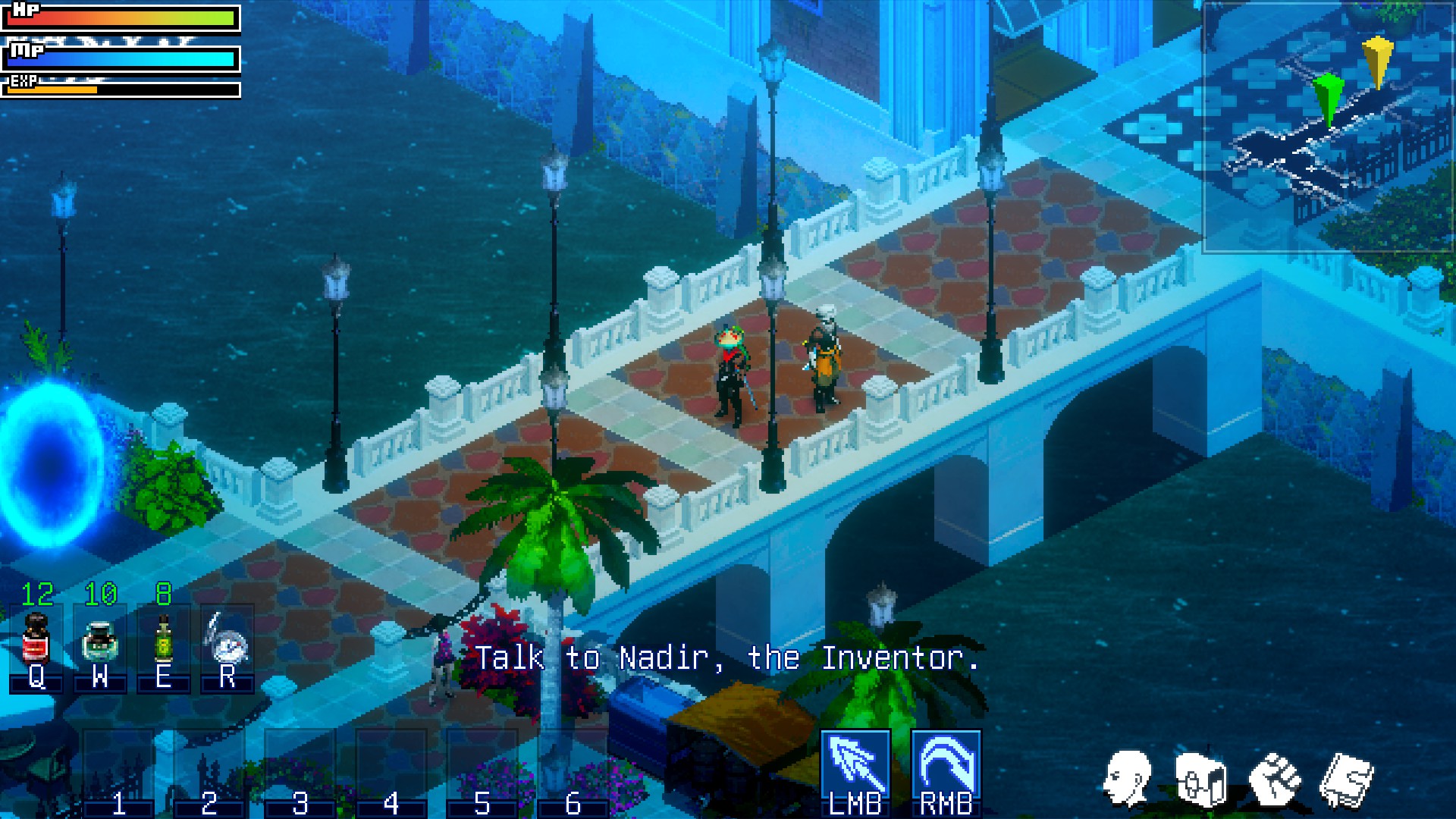
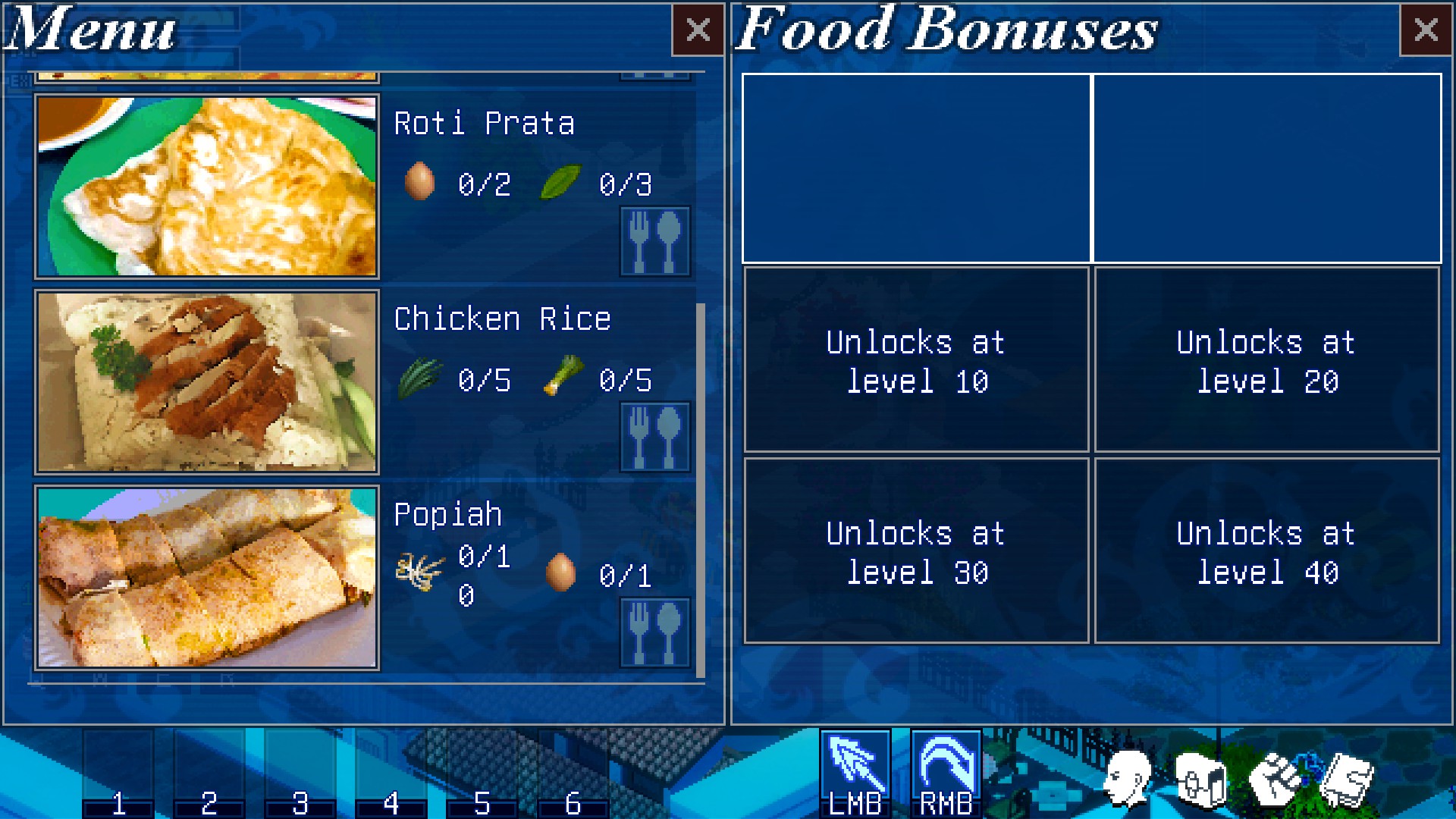
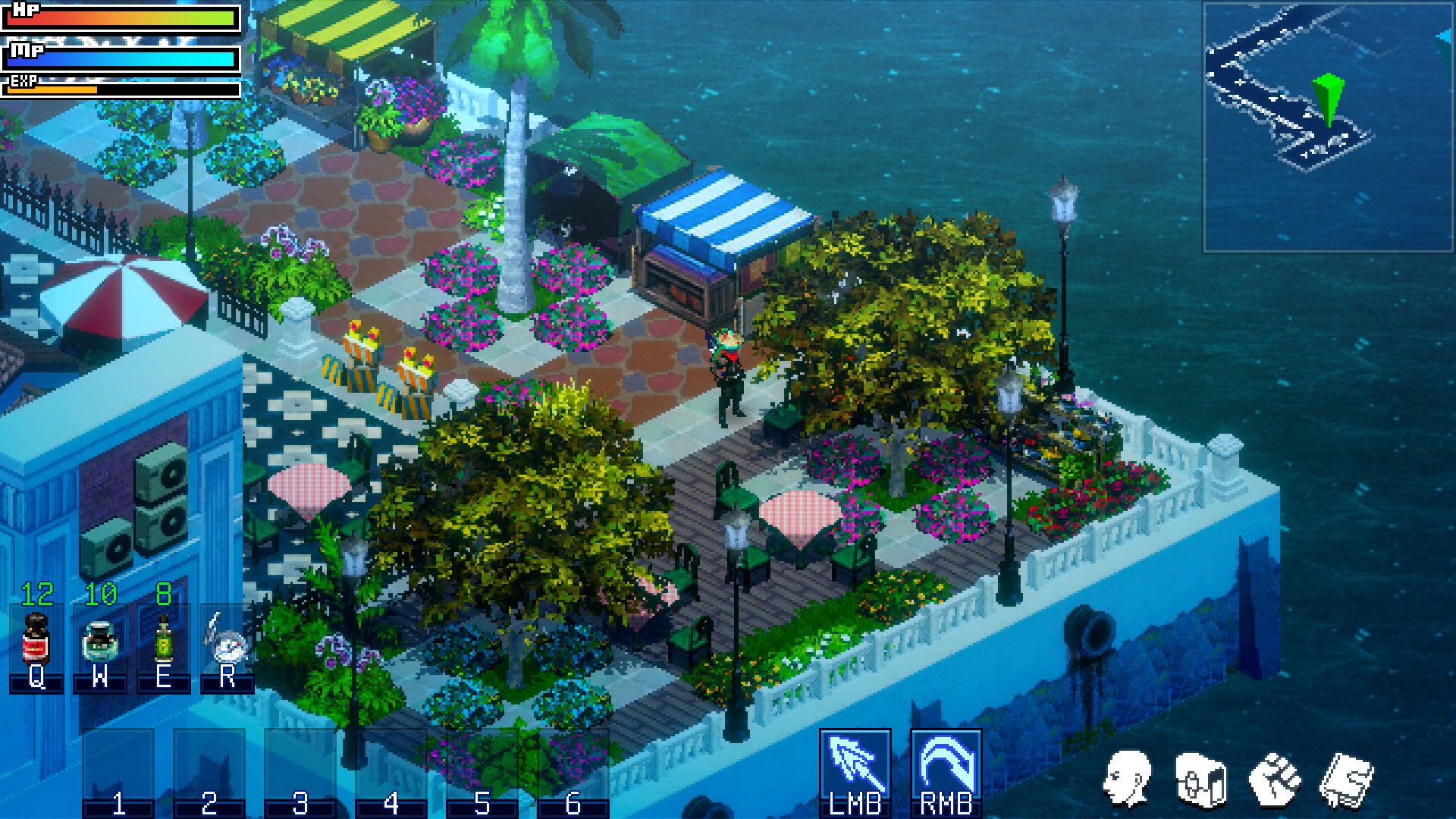
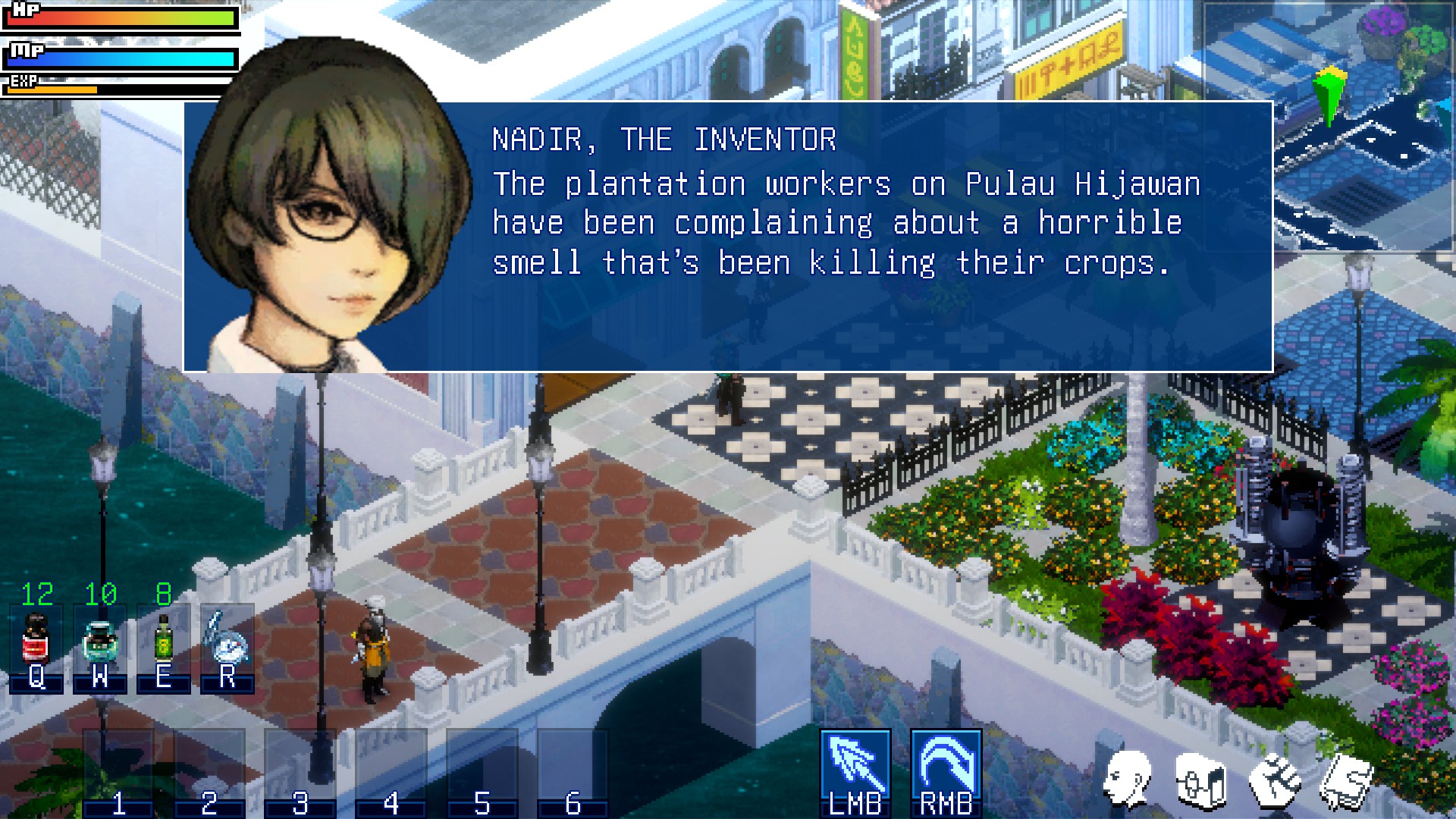
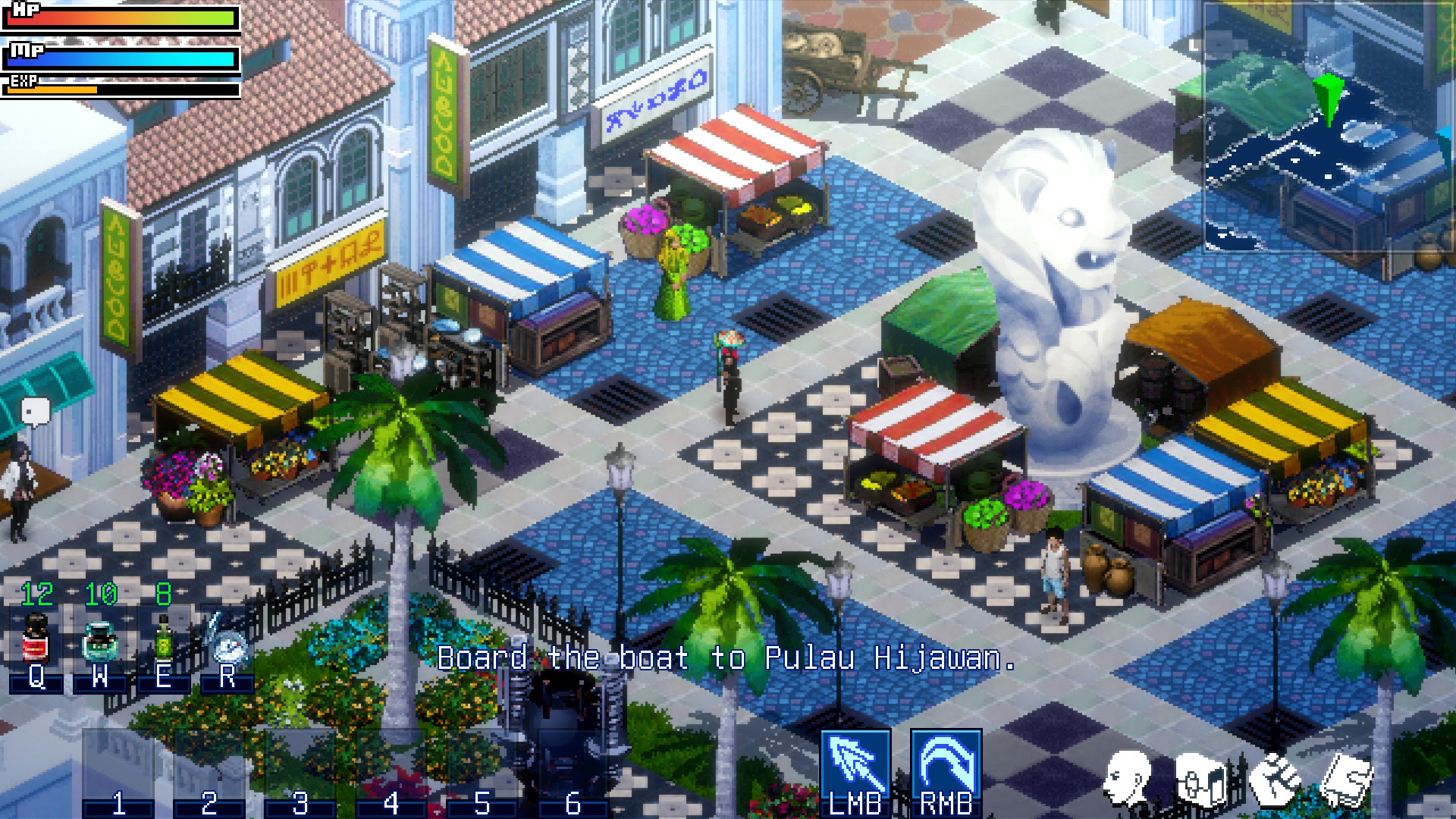
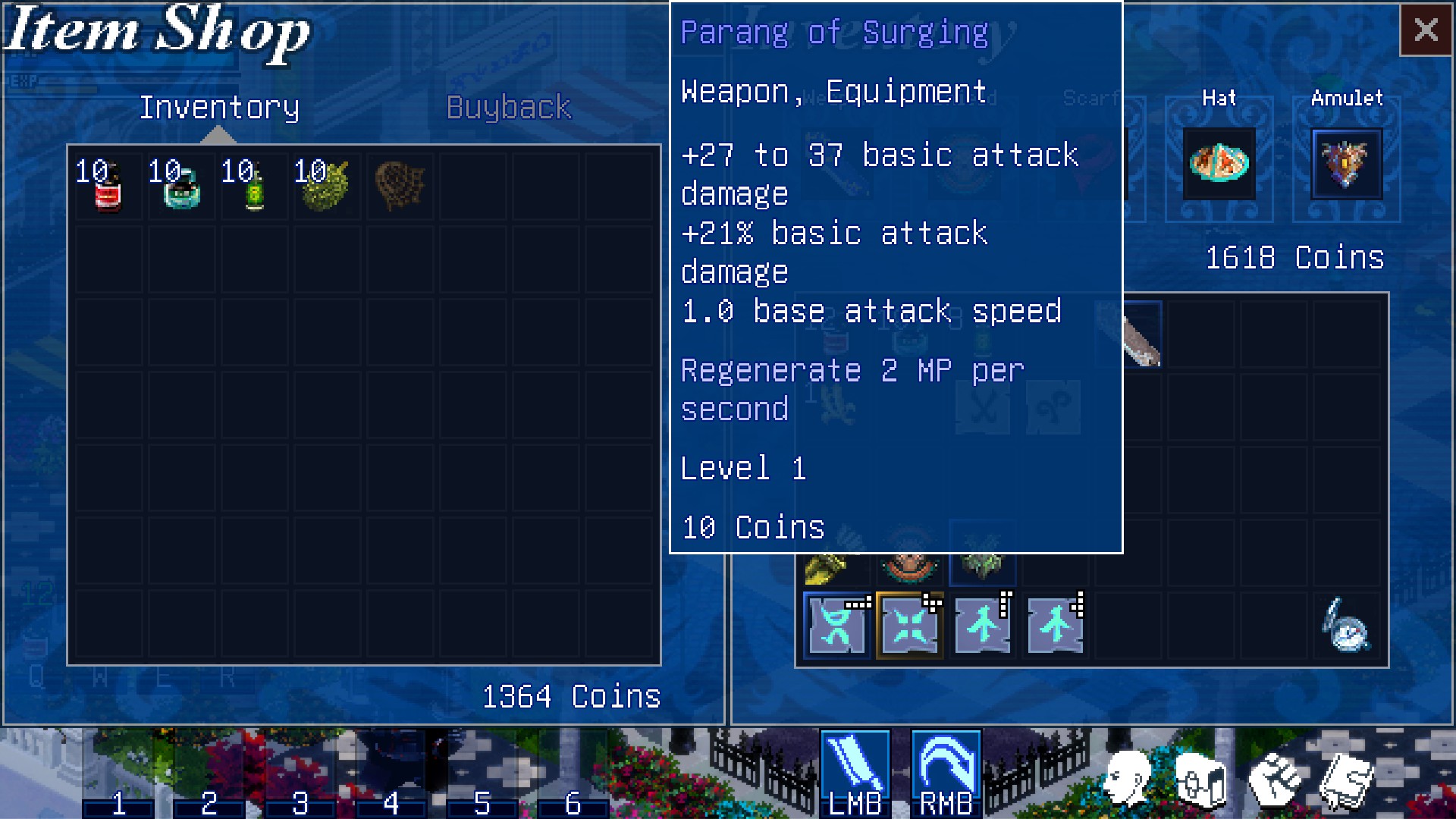
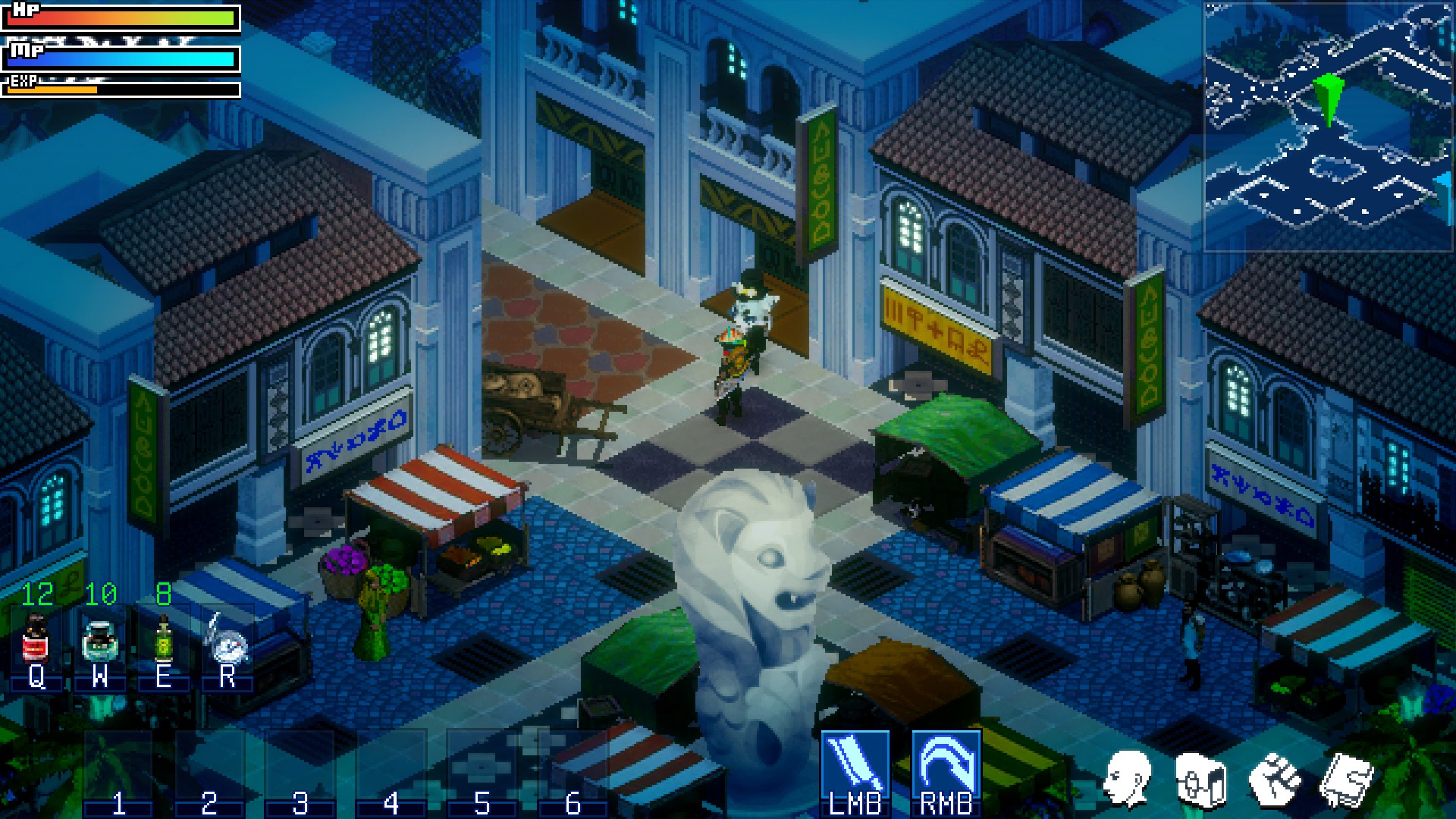
Ghostlore islet Pulau Hijawan is our first introduction into the kampong life surrounding Seaport, with small farms and semi-wild chickens running loose (yes, they drop eggs). Another islet, Pulau Kubor, borrows elements from historic Pulau Blakang Mati, a tiny speck that was used as a colonial fort during World War 2; today, Pulau Blakang Mekati is known as Sentosa and houses a slew of luxury hotels, beach clubs, and a Universal Studios theme park. Ghostlore’s location description for the island is a nod to these real-world developments: “Post-war plans to convert the islet into an amusement park were shelved indefinitely.”
So far the action-RPG combat in Ghostlore doesn’t offer any big surprises, but for many of us still chasing the neverending thrill of finding a good Diablo clone, it doesn’t really need to. Classes include the Adept, Exorcist, Hashashin, Feral, and Sentinel, each with preset active and passive skills. Health potions are replaced by remedies, tonics, and ointments—a familiar vocabulary for Southeast Asian kids who grew up with traditional medicine-wielding grandparents. It’ll be interesting to see how the cooking/crafting system will play out once it’s functional.
Leveling is interesting and a bit different—riffing off the old Diablo charm system, this time we’re working with glyphs, with an additional glyph slot unlocking per level earned. Compound glyphs use a pretty fun interlocking shape system (kind of like Tetris) that offer bonuses to simple single-slot glyphs—think familiar buffs like increased avoidance, basic skill damage, and elemental damage multipliers clicking together like a puzzle.
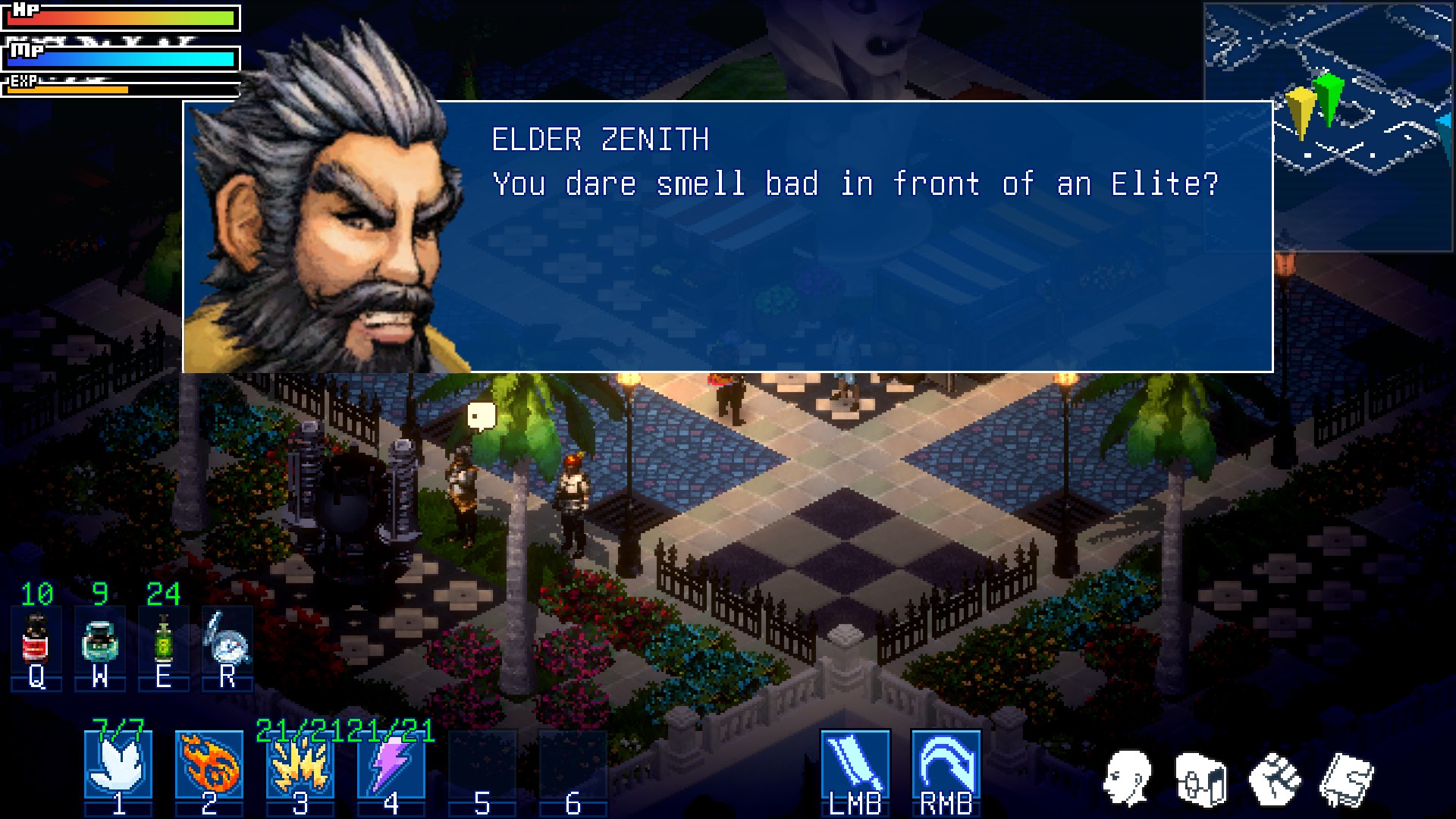


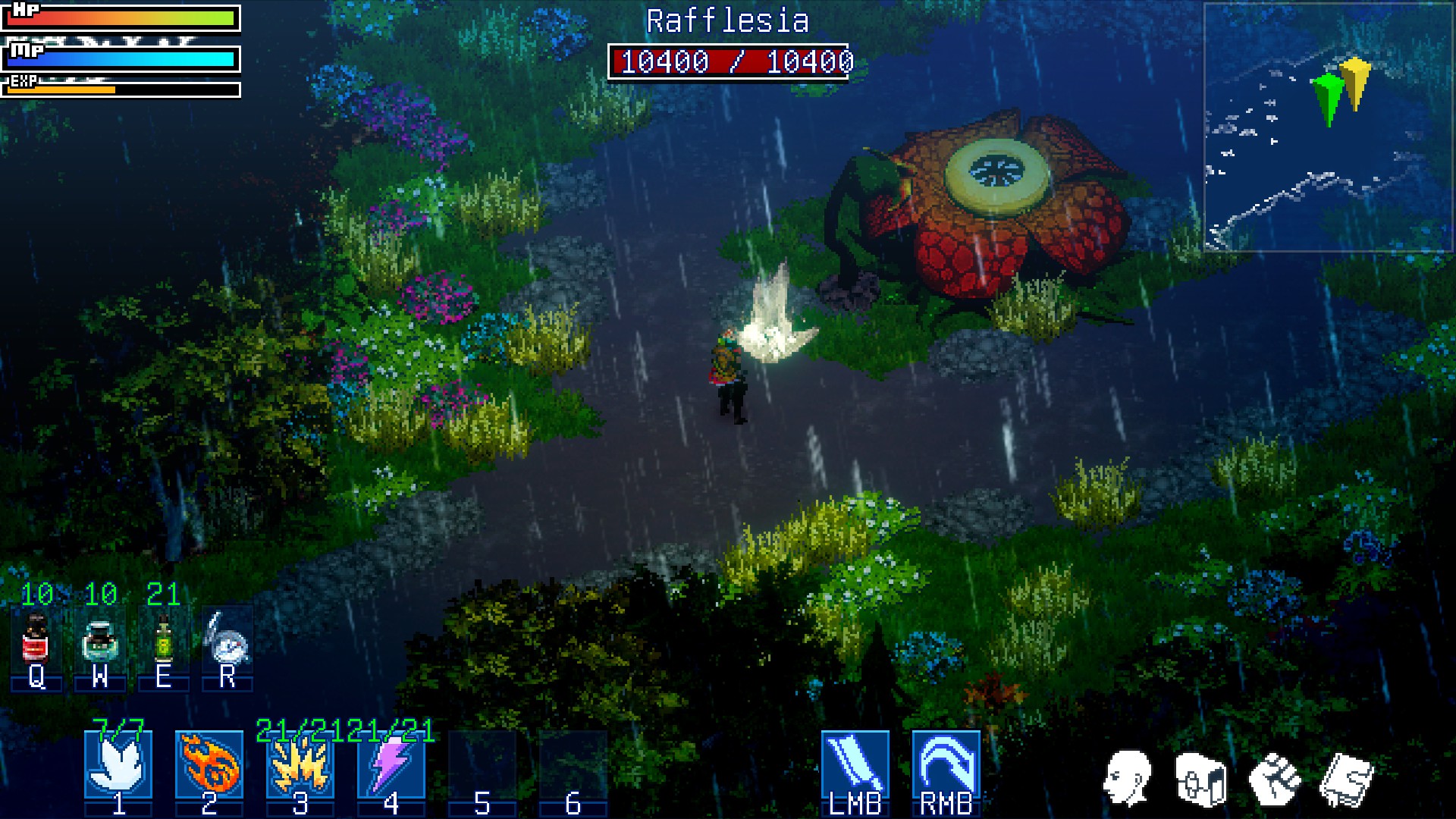
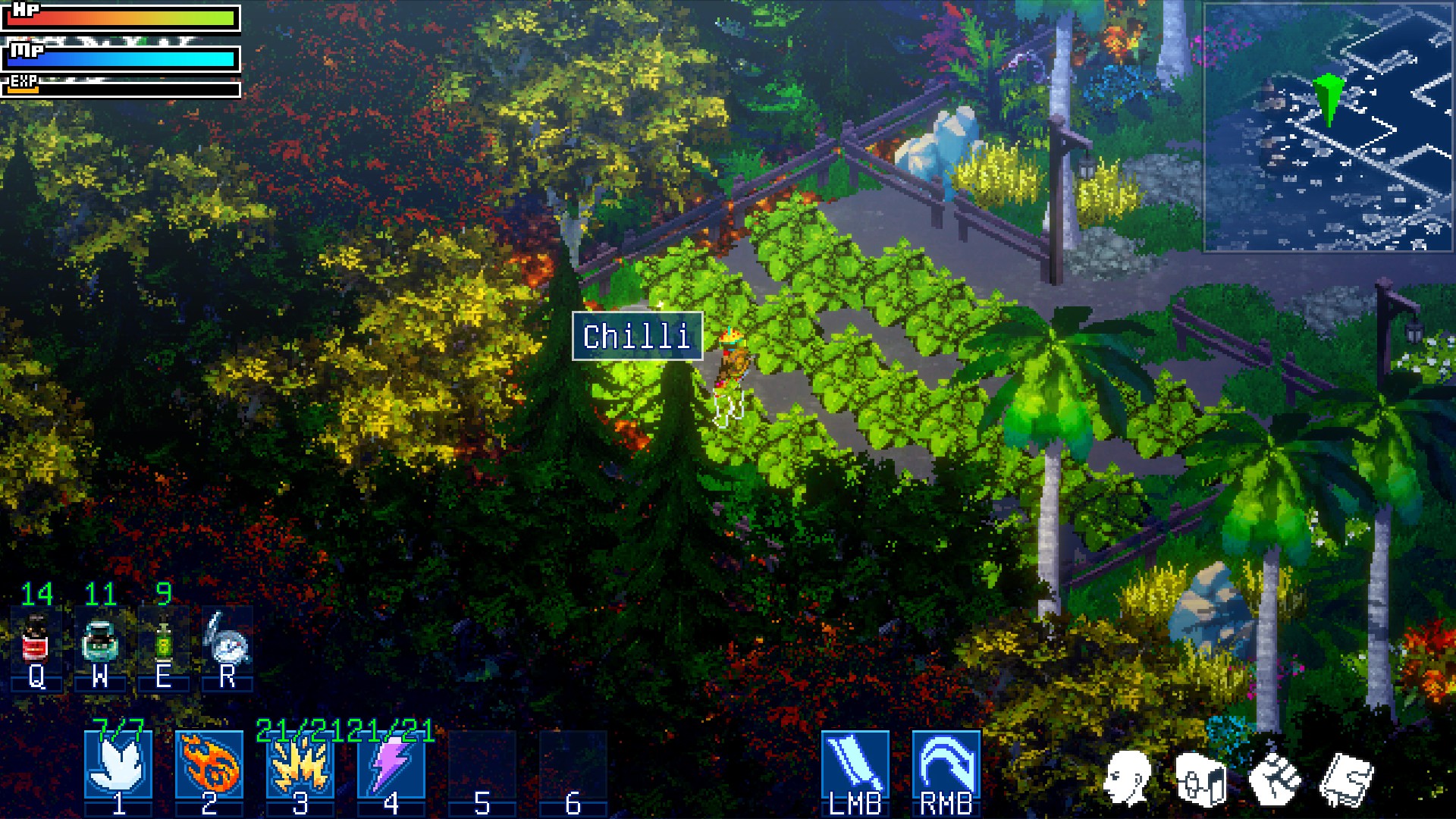
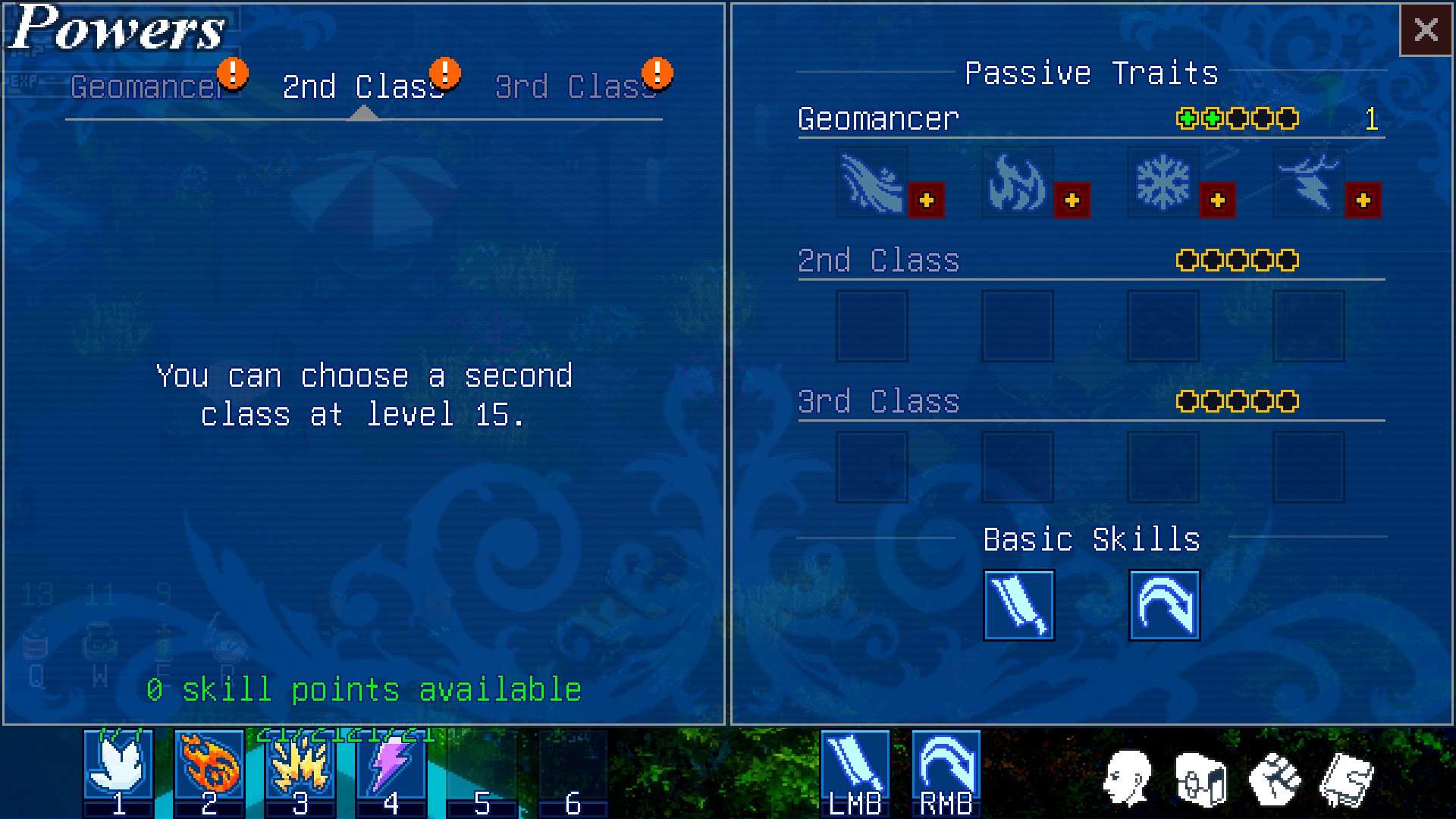
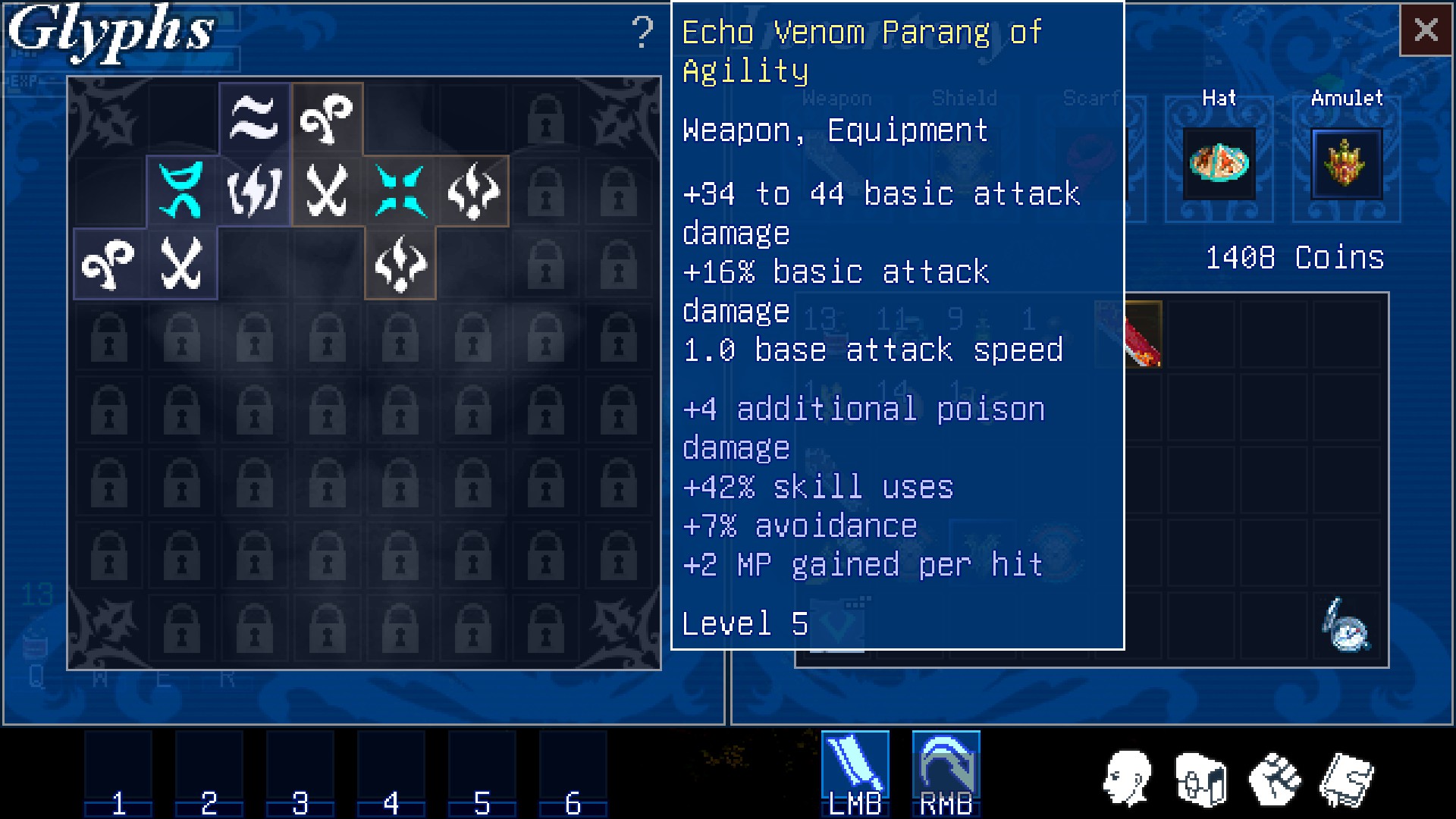
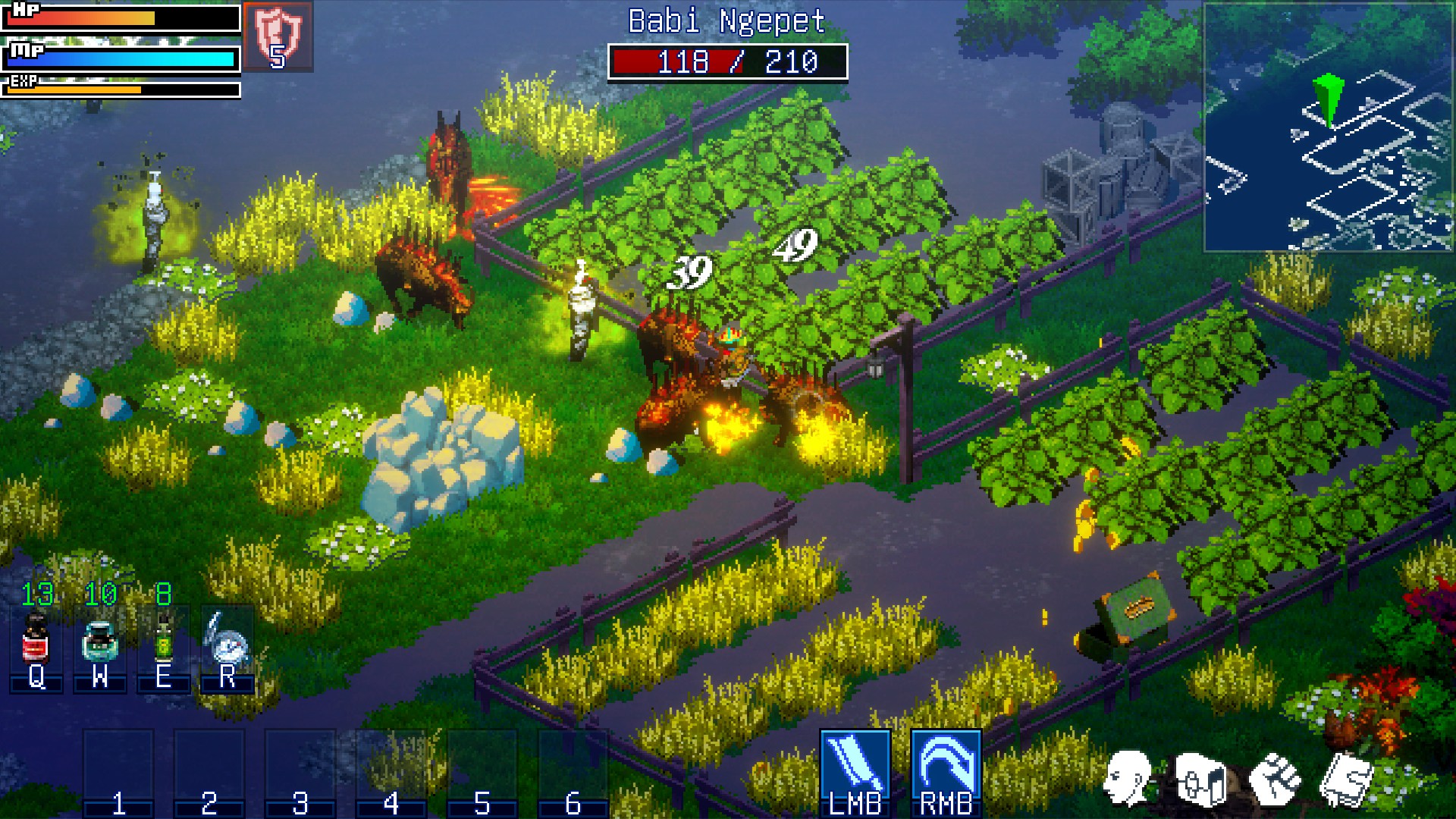
As an elemental casting geomancer, I found it fun to mix up a combination of basic melee attacks, a dash-like defensive roll, and my rotation of spells. But Ghostlore's choice of making QWASD buttons into skill slots (i.e. spell casting or special skill buttons) was a tricky setup to get used to—my next test run will probably be a melee class. For now there doesn’t seem to be an option to bind skills to the mouse buttons, which would probably be a wise option for end-game content when farming and treasure hunting become the main play.
There are clearly still a few things for the developers to iron out, including some janky movement bugs, but such is the state of a work in progress. Still, Ghostlore is shaping up to be one of my most anticipated indie games of next year—Andrew Teo says they’re aiming for a launch date around April-July 2022.

Alexis Ong is a freelance culture journalist based in Singapore, mostly focused on games, science fiction, weird tech, and internet culture. For PC Gamer Alexis has flexed her skills in internet archeology by profiling the original streamer and taking us back to 1997's groundbreaking all-women Quake tournament. When she can get away with it she spends her days writing about FMV games and point-and-click adventures, somehow ranking every single Sierra adventure and living to tell the tale.
In past lives Alexis has been a music journalist, a West Hollywood gym owner, and a professional TV watcher. You can find her work on other sites including The Verge, The Washington Post, Eurogamer and Tor.

